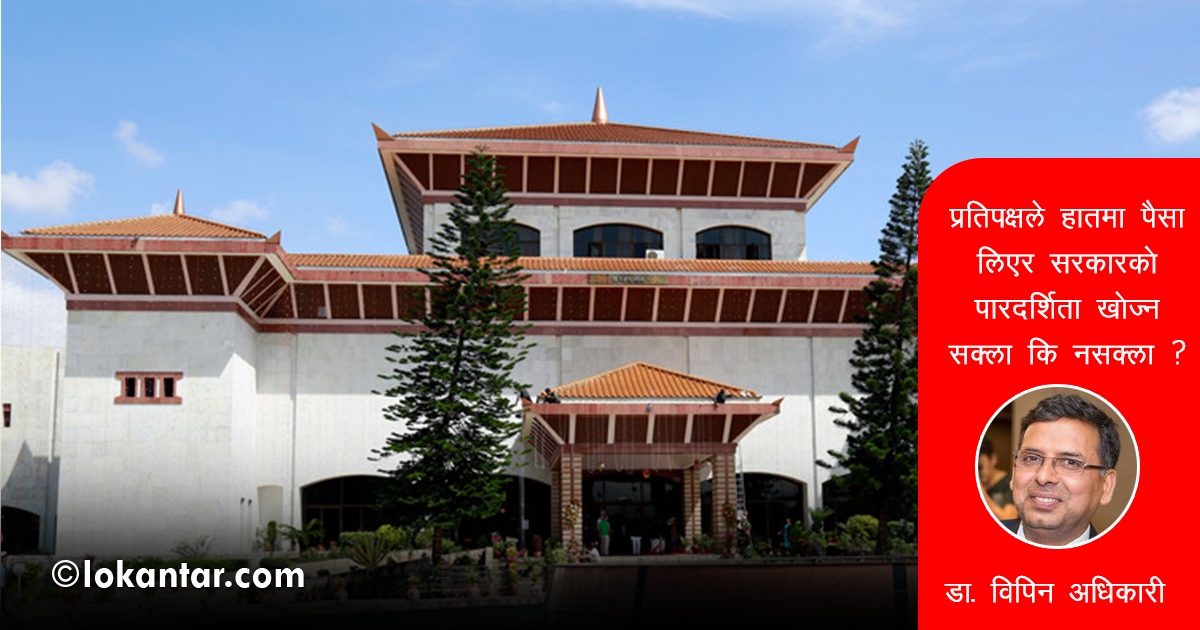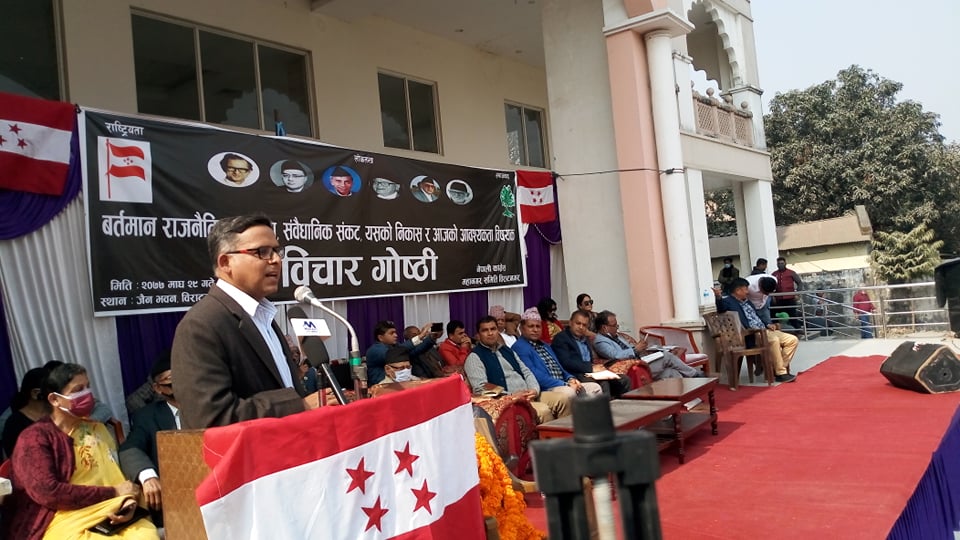On March 4, 2022, Nepal’s Supreme Court ordered the Office of the Registrar to register a writ petition against Prime Minister Pushpa Kamal Dahal (Prachanda) for taking responsibility for 5,000 deaths during the decade-long insurgency.
The decision was made in response to a case filed by advocates Gyanendra Aaran and Kalyan Budhathoki, who are also conflict victims, after the Supreme Court Office of the Registrar refused to register their separate writ petitions on November 10, 2022. The office had claimed that the issue was related to transitional justice and that the Truth and Reconciliation Commission was dealing with the cases. However, the division bench of justices Ishwor Prasad Khatiwada and Hari Prasad Phuyal scrapped the decision of the administration and ordered the petitions to be registered. The writ petitions will be registered on March 6, 2023 as requested by the petitioners.
The Supreme Court’s division bench clarified that in a case filed by Suman Adhikari against the prime minister and the Council of Ministers seven years ago, it ruled that there could be no amnesty or concession in cases involving serious violations of human rights. The court stated that it is imperative for the government to ensure timely justice for victims and not encourage impunity. The court also acknowledged the petitioner’s argument that, despite 16 years since the transitional justice process began, conflict victims had not received justice. The court noted that the two transitional justice mechanisms were effectively inactive and had failed to deliver meaningful results. The SC observed that the criminal justice process cannot remain inactive or ineffective, and the issue of justice and reparation for conflict victims should not be prolonged indefinitely. The court nullified the Registrar’s decision to refuse the petition, stating that at a time when transitional justice mechanisms are ineffective, it cannot be deemed constitutional, just, and logical to argue that the petitioner has no right to raise the issue.
The decade-long insurgency in Nepal, which started on February 13, 1996, officially ended after a Comprehensive Peace Agreement was reached with the government on November 21, 2006. It is estimated that around 17,000 people lost their lives during the conflict. In a speech on January 15, 2020, Prachanda, as the leader of the Maoist party that led the insurgency, took responsibility for the deaths of 5,000 people and stated that the state should take responsibility for the remaining deaths. The victims demanded legal action against Prachanda for the killings that he had claimed responsibility for. Prachanda stated that he could not run away from the responsibility of the 5,000 deaths but that people could not blame him for what he did not do.
Article 133(2) of the Constitution grants the Supreme Court the extraordinary power to issue necessary and appropriate orders for the enforcement of fundamental rights conferred by the Constitution or any other legal right for which no other remedy has been provided. This power also extends to situations where the remedy provided, although available, appears to be inadequate or ineffective. Additionally, the court may exercise this power for the settlement of any constitutional or legal question involved in any dispute of public interest or concern, providing appropriate remedies and enforcing such rights or settling disputes as necessary. It is clear that if the Supreme Court finds the process of the TRC and the Commission of Investigation on Enforced Disappeared Persons to be inadequate, ineffective, or lacking credibility, it can intervene and take necessary action for the enforcement of fundamental rights guaranteed by the Constitution.
Therefore, the argument that the Supreme Court has no jurisdiction in cases involving the TRC and the Commission of Investigation on Enforced Disappeared Persons is baseless.




